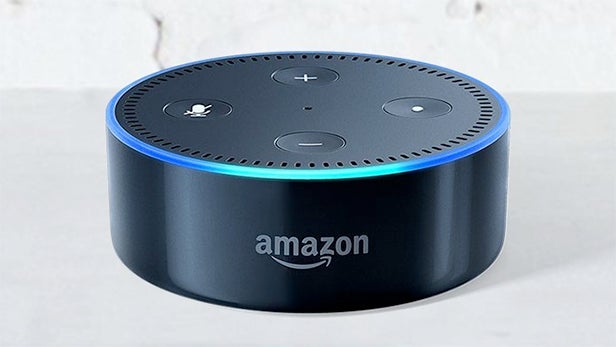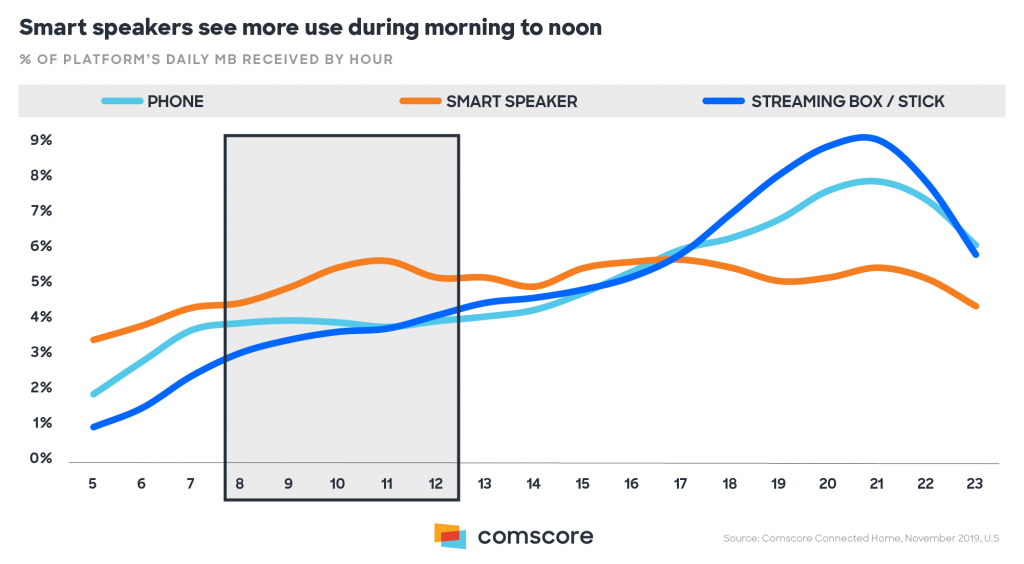It’s worrying how much Alexa and Siri are telling advertisers

Smart speakers are rapidly becoming the fastest growing tech item in the US, and advertisers are well aware, according to the latest data from market analysis firm Comscore.
Comscore revealed the news in a blog post detailing smart speaker adoption and usage patterns in the US between 2017 and 2019 on Thursday.
The statistics are based off Comscore’s Total Home Panel data which, as described in the blog post, “gives advertisers and agencies, device manufacturers, and content owners access to audience measurement on smart speakers, connected TVs, gaming consoles, over-the-top devices, wearables, and more.”
It smart speakers, like Google Home, Amazon Echo and Apple Homepod are now used in 29% of all US households, a marked growth on the 12% figure recorded in 2017.
Disturbingly the post revealed that, as well as if the speakers are there, advertisers can also track a number of key trends and user habits.
Comscore’s blog post, which only features a snippet of the data open to advertisers, tracked key factors including when the speakers were active and what users were doing with them during the period.
The trend showed that smart speakers are most used early in the day, when people are waking up and getting ready for work – a metric the firm measured by checking how data each hour was used by the speakers.
Related: Google Home vs Amazon Echo

Image credit: Comscore
The more interesting metric is what specific things US users are doing with the speakers. The data breaks down specific actions, like asking general questions, ordering food and setting reminders.
“We found that the majority of activities on smart speakers are general, non-purchase oriented, such as general questions, updates on weather/traffic/travel/sports, and setting timers and alarms,” explained the blog post.
“Only a minority of activities were focused on finding local businesses or ordering food and services.”
This is an interesting metric that shows how much information advertisers can get from household tech, like smart speakers.
Comscore goes on to argue that there is an opportunity for advertisers to leverage the tech to push yet more ads and collect even more data from consumers. As it notes in the blog post:
“Marketers who hope to reach their target audiences at critical points in their consumer journey should adjust strategies to match household-level demographic insights such as age, gender, race, ethnicity, presence of children, and more.”
The news follows widespread concern about how much data companies are collecting from tech users. A report from the Norwegian Consumer Council claimed some of Europe’s most popular dating apps are leaking the personal data of their users to advertisers earlier in January.


